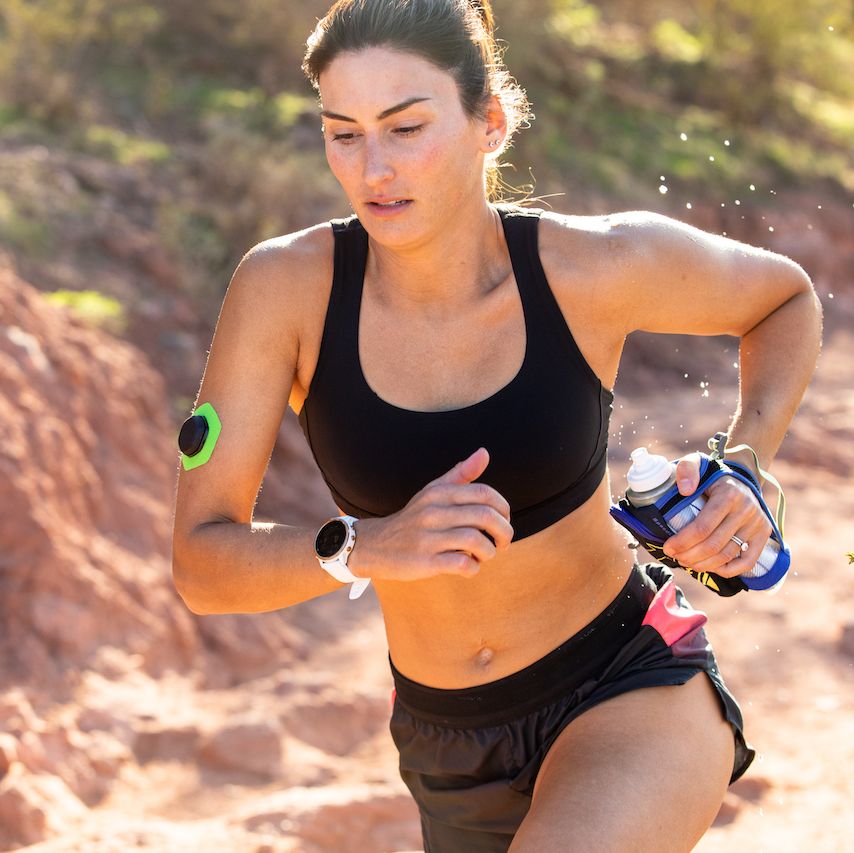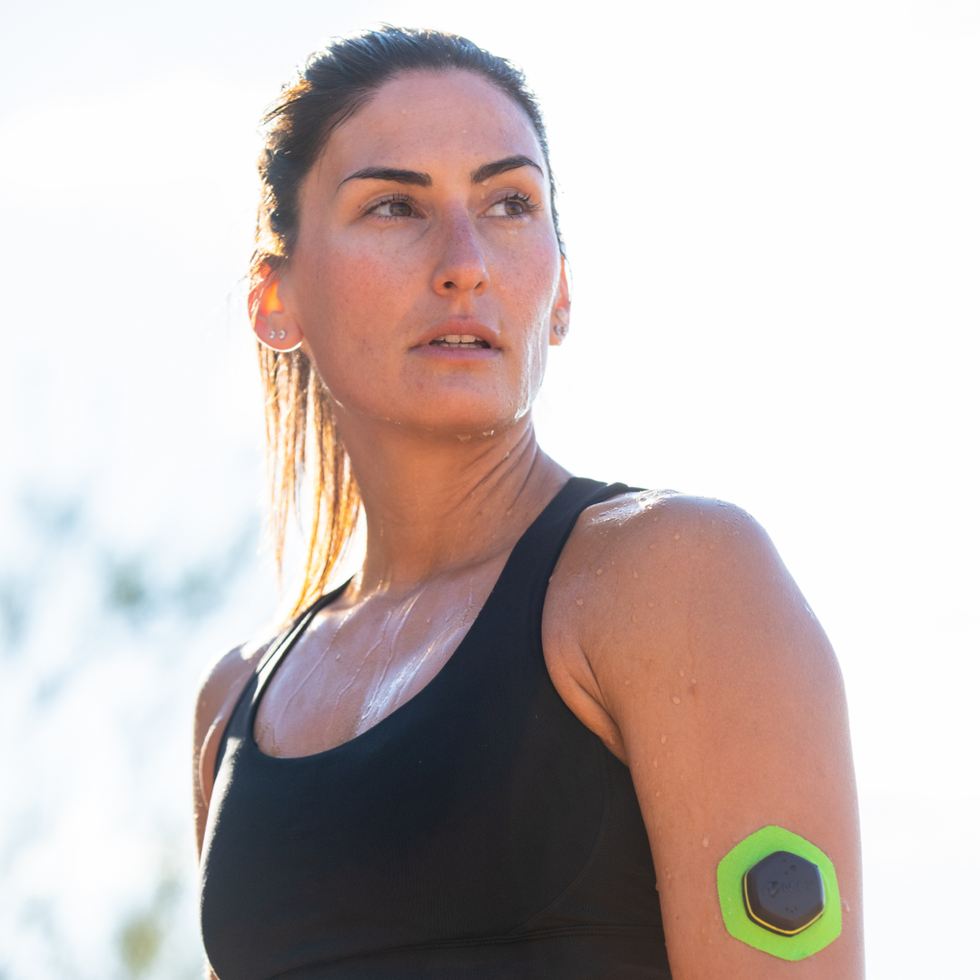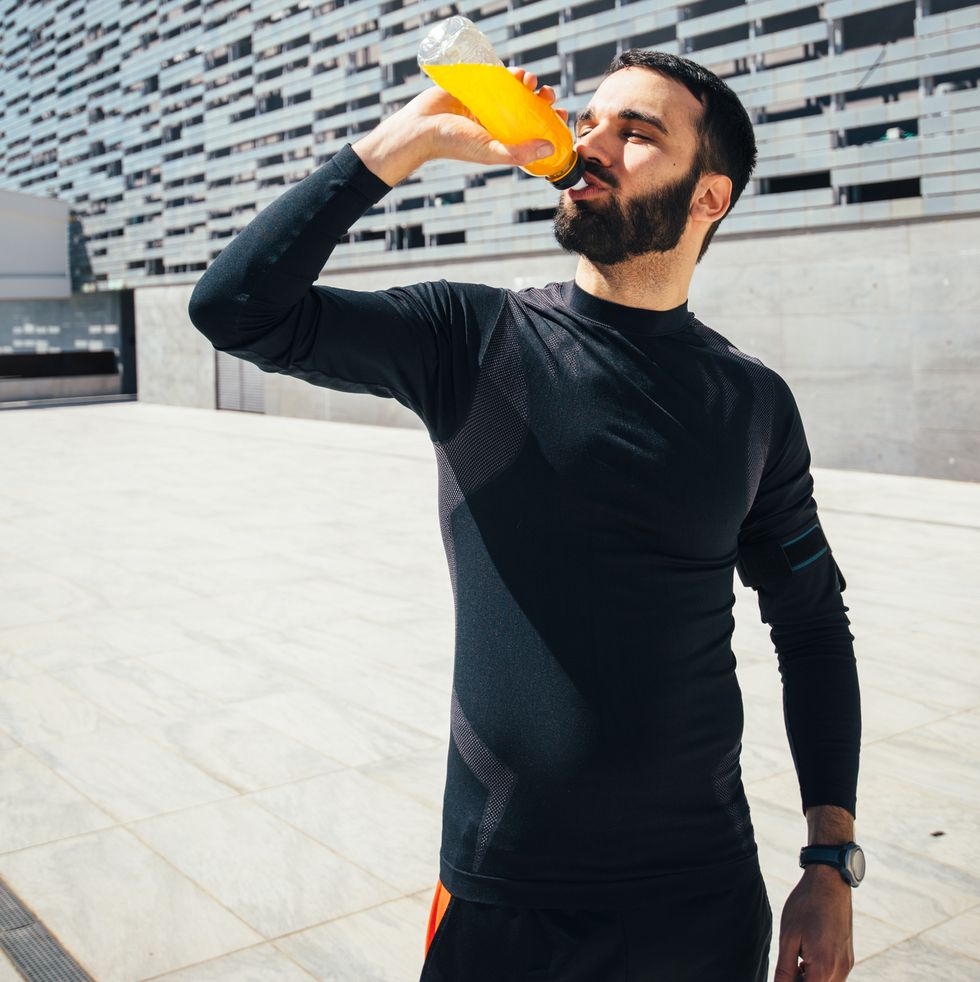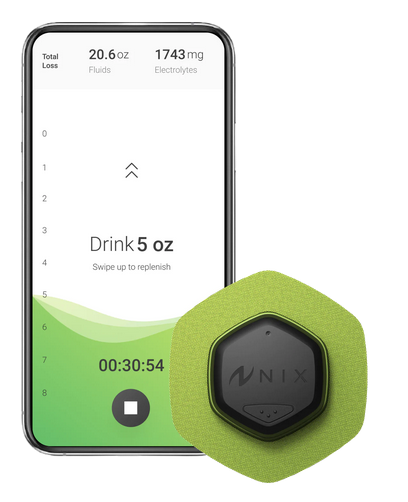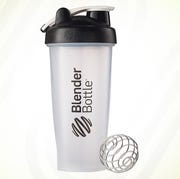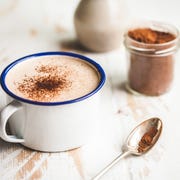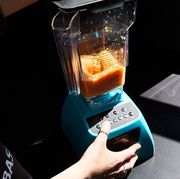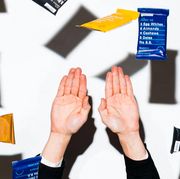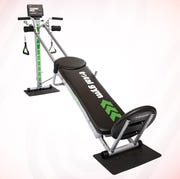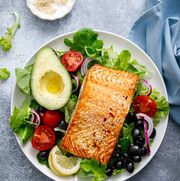The importance of proper hydration is well documented, particularly among endurance athletes. As anyone who’s cramped up halfway through a training session will tell you, water plays a significant role in all of your body’s processes. It helps power muscles and assists in organ function, which is why drinking enough of it is critical to performance and overall health. Better fluid habits make you a better athlete and can translate to race-day success. Full stop.
What many people don’t realize, however, is that maintaining proper hydration requires more than simply guzzling as much H2O as you can. It’s also a question of timing, balancing electrolytes, and determining your individual fluid needs. How much water to drink and when to drink it varies from athlete to athlete (and workout to workout), and the latest science shows that there’s no single fluid-intake recommendation that will work for everyone.
To determine your individual hydration needs, here are three critical metrics to track —along with one user-friendly piece of technology to measure these stats—as you prepare for your next race.
1. Sweat Rate
Athletes sweat. Sweat means fluid loss. If you lose too much fluid during a workout, your heart rate rises, blood volume declines, respiratory rate increases, and blood flow to extremities slows, says Meg Garvey, Ph.D., a human performance researcher and senior scientist at Nix Biosensors. “When you lose as little as 4 percent of your body weight from sweating, you’ll notice significant performance detriments,” she explains. Even milder states of dehydration with lesser amounts of body weight loss from sweating can negatively impact an athlete’s muscle strength and endurance.
“People’s sweat loss and hydration needs are individual, and there’s no one-size-fits-all recommendation,” Dr. Garvey says. Thus, it’s important to calculate your personal sweat rate to ensure that you’re consuming enough fluids to offset any potential losses while workout out—a practice that’s becoming commonplace among elite-level endurance athletes. “I’ve definitely made changes to the way I hydrate based on [sweat rate] data,” says Michael Wardian, a record-setting professional marathon and ultra-marathon runner. For him, this means hydrating more on shorter runs, whereas before he mainly focused on fluid intake for long workouts. “I’m customizing my hydration now based on my actual requirements, not just what I’ve done in the past or on what someone says should be your sweat rate,” he says.
How to track sweat rate
The Nix Hydration Biosensor (pictured above), a lightweight pod designed to be worn while running or biking, tracks your sweat rate and syncs the data to the Nix Biosensor app, which integrates with both Apple Watch and Garmin watches (and, soon, bike computers). The user is then notified in real time of how much fluid to consume.
For instance, if you normally drink 16 ounces of water per hour but discover your sweat rate is 35 ounces per hour, you’ll know to take more sips from your bottle to remain adequately hydrated, even though you may not feel thirsty. On the flip side, Dr. Garvey says that some people learn that they should be consuming less fluid at certain points during their workouts.
Hydration Tip: Sweat rate is a moving target, Dr. Garvey emphasizes. The amount of fluid an athlete loses during activity will be influenced by external conditions, including climate and workout intensity. Measure your sweat rate in a variety of performance scenarios to get a sense of how much fluid you’ll need on hand for each one.
2. Sweat Composition
Sweat is more than just water—it also contains electrolytes like sodium, chloride, potassium, and magnesium. “Electrolytes are necessary to help maintain fluid balance, which is critical for thermoregulation [the body’s mechanism for maintaining its internal temperature],” Dr. Garvey says, adding that electrolytes also assist muscle contraction and relaxation. Your performance can suffer if electrolyte levels drop too low, which makes their replenishment a vital part of the hydration equation.
One study found that runners who supplemented their pre-race sports drinks with salt (sodium chloride) and other electrolytes before and during a triathlon improved race times by an average of 26 minutes. Salt supplementation also worked to stimulate thirst, which encouraged athletes to drink more water and maintain better hydration. According to Dr. Garvey, taking in sodium during prolonged exercise can reduce the risk of hyponatremia, a potentially life-threatening condition where sodium levels in the blood become dangerously low as a result of drinking high amounts of salt-free water, and can cause organ and tissue swelling.
As with sweat rate, the climate in which you’re exercising and the intensity of your workout will have a big impact on electrolyte loss. Expect to shed more electrolytes if you’re running or biking hills in the heat compared to practicing the same activity in moderate temperatures. Genetics also play a role, as some people are inherently “salty sweaters.” It’s worth noting that sodium is the most prominent electrolyte in your sweat and is lost in greater quantities than other electrolytes.
In the past, knowing the amounts of electrolytes you inherently have in your sweat and figuring out the quantities you’re losing during exercise was a guessing game. Most athletes shed between 500 and 1,000 milligrams of sodium per hour of activity, but that’s a wide range. The white crust on your jersey after a sweat session is a good indicator that you’re a salty sweater, but it doesn’t pinpoint precisely what you’re losing.
How to track sweat composition
The Nix Hydration Biosensor shows the user’s electrolyte loss in real time, and it provides suggestions for achieving better electrolyte balance based on personalized results.“By better understanding the composition of your sweat, you can better adapt to sweat loss and make more appropriate choices when it comes to what hydration products will work best for you,” Dr. Garvey explains. Wardian has experienced this firsthand: “Monitoring with Nix revealed that even though I felt okay on my runs, I could perform even better by taking in appropriate amounts of electrolytes.”
Learning how your body processes sodium with the Biosensor can help you make informed choices about which nutrition products to use. For instance, if you find that your usual exercise routine results in unhealthy levels of electrolyte loss in your sweat, choose a hydration drink with higher sodium content.
Hydration Tip: Replenish your electrolyte levels during and after your workouts. If your sweat composition is high in sodium, be more generous in salting your post-workout meals for better recovery.
3. Trips to the Bathroom
It may seem rudimentary, but monitoring how often you urinate is a solid strategy to figure out your hydration levels. According to a study in the European Journal of Clinical Nutrition, urinating fewer than seven times a day may be a sign of dehydration. While losing fluids from sweating means you can expect to urinate less frequently during active exercise, if you haven’t gone in several hours, you’re likely not adequately hydrated.
How to track bathroom trips
The directive is simple: Manually tally the number of times you urinate during the day (after washing your hands, of course). If you’ve yet to hit at least seven trips to the toilet by the time you tuck in for the night, consider increasing your fluid consumption going forward.
While you’re at it, note your urine color. As the aforementioned study confirms, if your urine is more the color of lemonade than apple juice, it’s a sign that you are properly hydrated. Keep in mind, though, that some medications, supplements, and foods can change the color of urine.
Hydration Tip: While nothing beats H2O, you can use tea and coffee to boost your fluid intake. High-water-content foods such as watermelon, berries, oranges, tomatoes, celery, and broth work as well.

